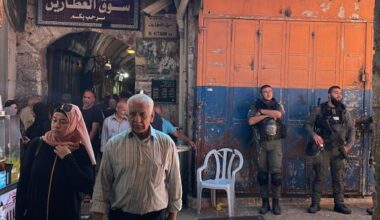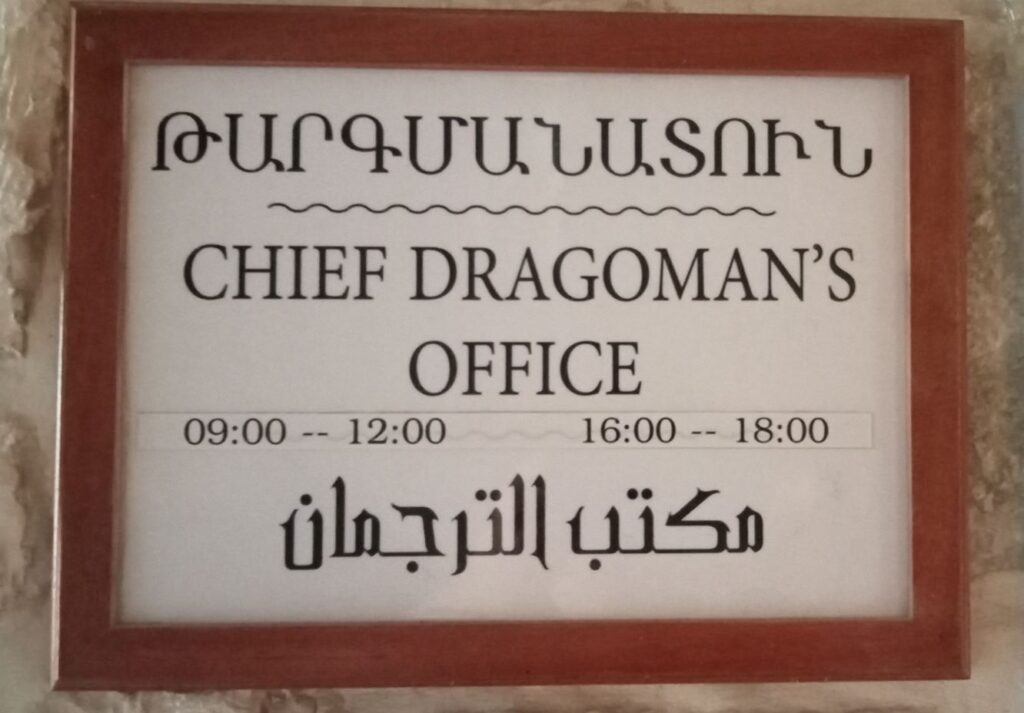
By Professor Rachel Mairs, Professor of Classics and Middle Eastern Studies at the University of Reading.
On the night of 28 February 1902, an English minister named J. W. Miller was leaving Hughes’ Hotel in Jerusalem when he was confronted by three men, one of whom knocked him to the ground. Both Miller and his assailant, Dimitri Tadros, left town the following day, for their own reasons. The local Ottoman court dismissed the case for lack of evidence, but the British Consul in Jerusalem, John Dickson, spent months dealing with the fallout.
I came across the Miller-Tadros case in the course of my research into dragomans (in this case, tourist guides, although there were also Consular dragomans) in Ottoman and Mandate Palestine, which I was able to pursue with the support of a CBRL Residential Fellowship at the Kenyon Institute in Jerusalem in autumn 2022. Both Miller and Tadros were tourist guides. Although Miller tried to present the incident outside Hughes’ Hotel as an unprovoked assault, and to use his British citizenship to obtain a legal advantage over the Palestinian Tadros, it did not quite happen quite that way. Tadros and Miller had been in business together, and Miller had reneged on an agreement. When Miller next came back to Jerusalem, leading a tour group, Tadros set out to confront him. In the scuffle outside Hughes’ Hotel, tempers had probably been high on both sides.
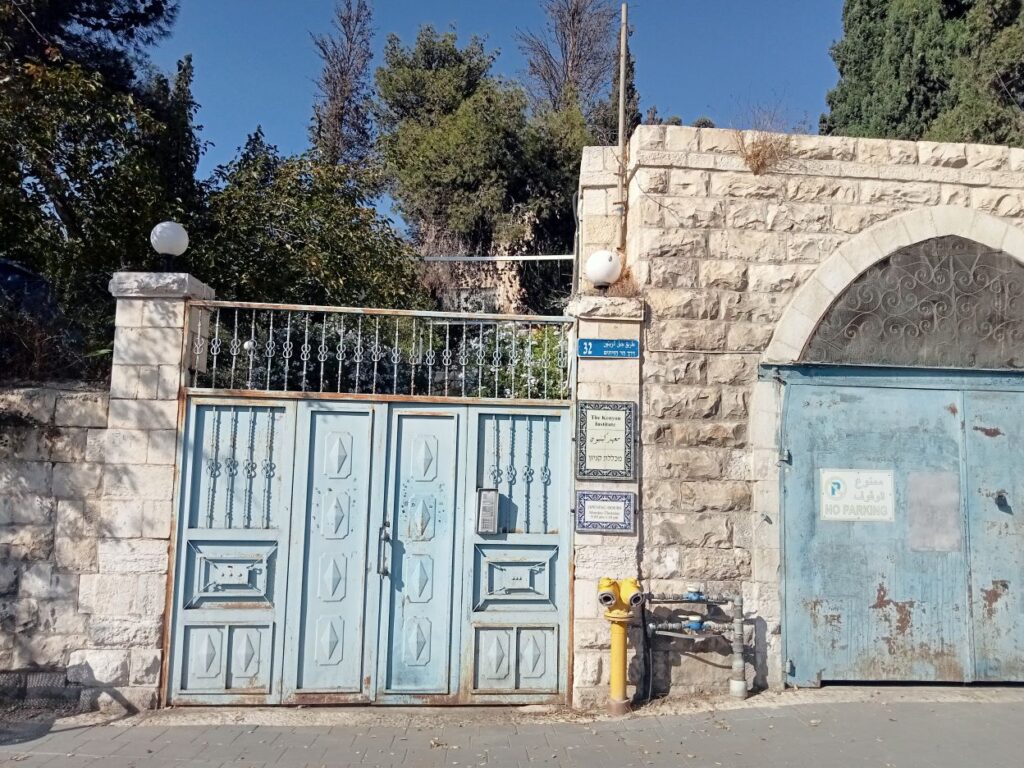
Incidents like this present us with an opportunity to look at the mechanics of how the tourist industry in Jerusalem worked at this period. Dragomans are most often presented to us in the accounts of their clients: only very rarely does the historical record allow us to hear them speak with their own voices. In the research I pursued while at the Kenyon, I set out to find evidence of the ways dragomans engaged with authority, whether Ottoman courts, the Jerusalem Municipality, or foreign consuls. The letters between Miller and Dickson are now kept in the UK National Archives at Kew. During my time in Jerusalem, I was able to uncover a pleasing irony to round out the story: Tadros and Hughes, who was also Miller’s business partner, are buried near one another in the Protestant Cemetery on Mount Zion.
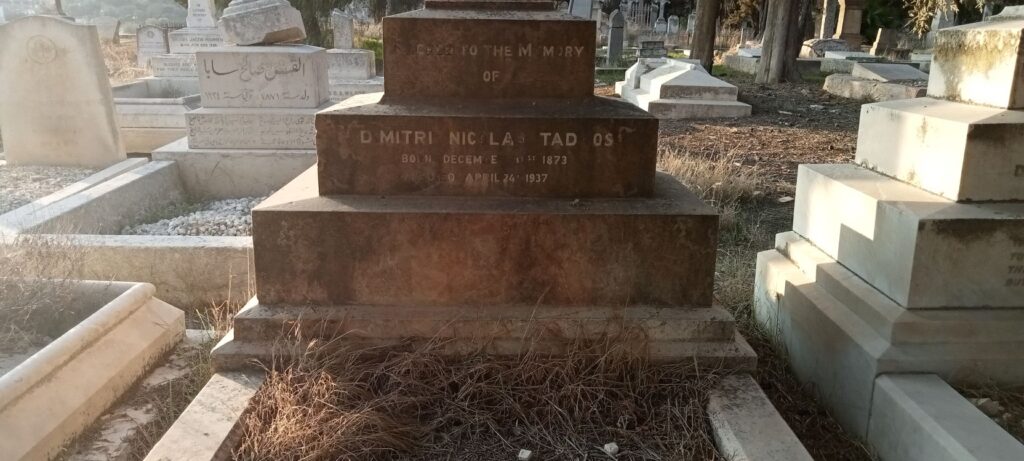
My stay in Jerusalem coincided with the conference ‘Reassessing the British Mandate in Palestine’ at Birzeit University, where I presented a paper on British official attitudes to the learning of Arabic in the Mandate period. This was not strictly part of my CBRL grant project, but staying at the Kenyon was a welcome opportunity to collect more material for this research too. The collections of the Kenyon Institute library contain a large number of Arabic phrasebooks and grammars that were owned and used by British residents in Jerusalem in the first half of the twentieth century. Nowadays, writing in books is frowned upon – and I certainly would not have dared do that to any of the books in the Kenyon – but language books that were in private hands before passing into the Kenyon library have usually been thoroughly scribbled over by their owners. This is invaluable historical evidence on how people learnt Arabic, and with what success. I spent many geekily happy hours on the terrace of the Kenyon, trying to make out pencil marks in the margins of hundred-year-old phrasebooks.
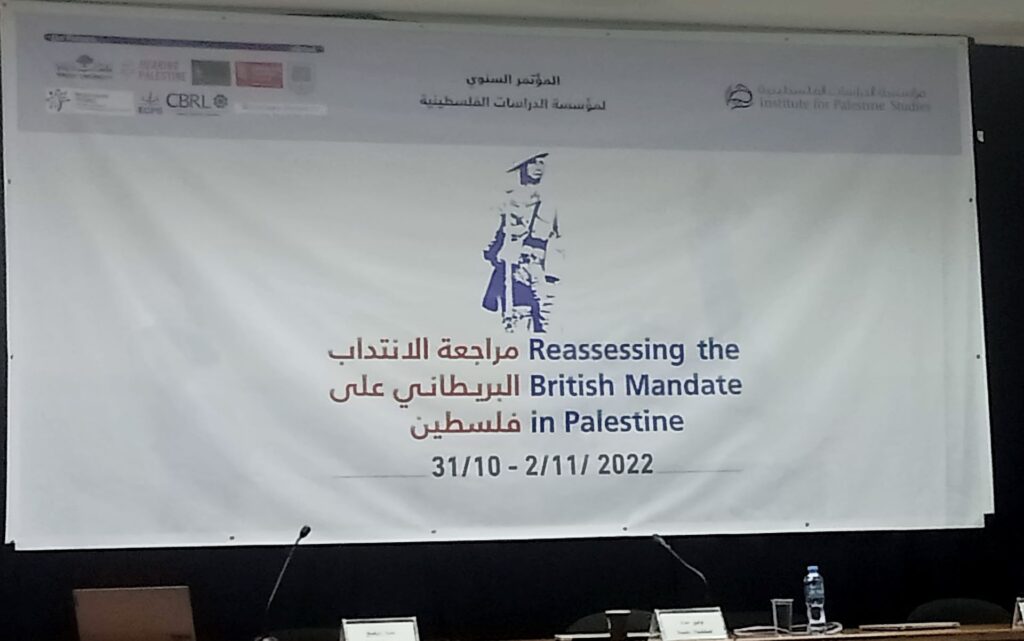
W. Miller and Dimitri Tadros were one aspect of my research into dragomans and officialdom. The other was to look at attempts to regulate the dragoman trade, in the archives of the Jerusalem Municipality. The Municipality Archives hold a series of large-format notebooks containing the minutes of the local Ottoman government in the period 1892-1917. In 1890, the Ottoman authorities in Istanbul brought in a law requiring dragomans to hold a permit. It was up to local municipalities throughout the empire to actually enforce this, and the Jerusalem minutes show how successfully dragomans could resist. For year after year in the 1890s, we find the Municipality repeatedly announcing the requirement to register – because clearly no-one was. Later attempts by the British Mandate authorities to regulate dragomans were also unsuccessful. Even if dragomans could sometimes come to blows with one another – like Tadros and Miller – there was enough collective action and solidarity across the profession to resist unwelcome interference.
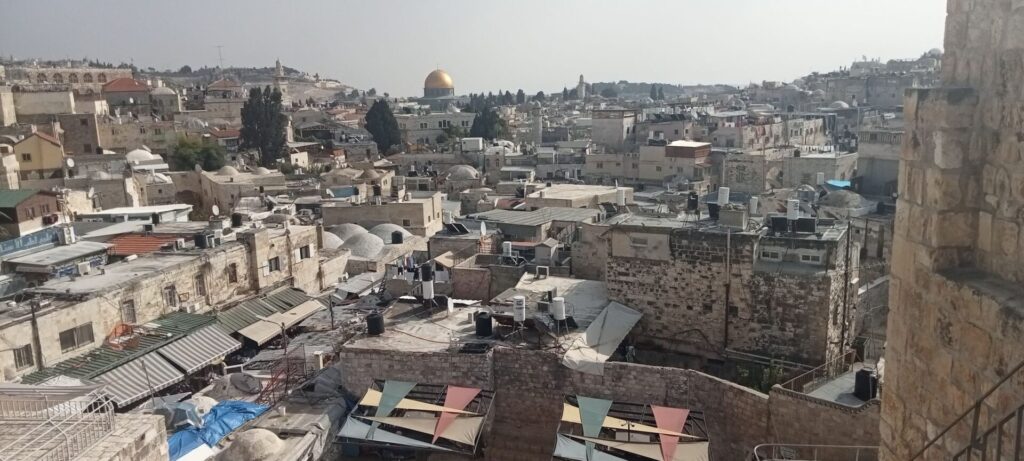
Archival research is not glamorous and its results may be slow to reveal themselves, but it is essential. It can be grubby work. Neglected boxes of papers gather dust, and it’s usual to have to take repeated breaks to wash and dry your hands, and maybe have a good sneeze. There were days when I went back to the Kenyon and had to wash the archive dust out of my hair. But it is only by going to the archives, and having the time a CBRL Residential Fellowship in Jerusalem gave me to build up local connections with librarians and archivists, that I was able to uncover these acts of resistance by dragomans, and try to build them back into the story of early twentieth-century Palestine.
Rachel Mairs is Professor of Classics and Middle Eastern Studies at the University of Reading. She works on multilingualism in the Middle East across a range of historical periods, with a particular interest in interpreters. Her books include Arabic Dialogues (2024), The Graeco-Bactrian World (ed. 2021), From Khartoum to Jerusalem: The Dragoman Solomon Negima and his Clients (2016), Archaeologists, Tourists, Interpreters (with Maya Muratov, 2015) and The Hellenistic Far East: Archaeology, Language and Identity in Greek Central Asia (2014).
The views expressed by our authors on the CBRL blog are not necessarily endorsed by CBRL but are commended as contributing to public debate.












